Can we predict the future of snow avalanches in a warming world
2025-09-28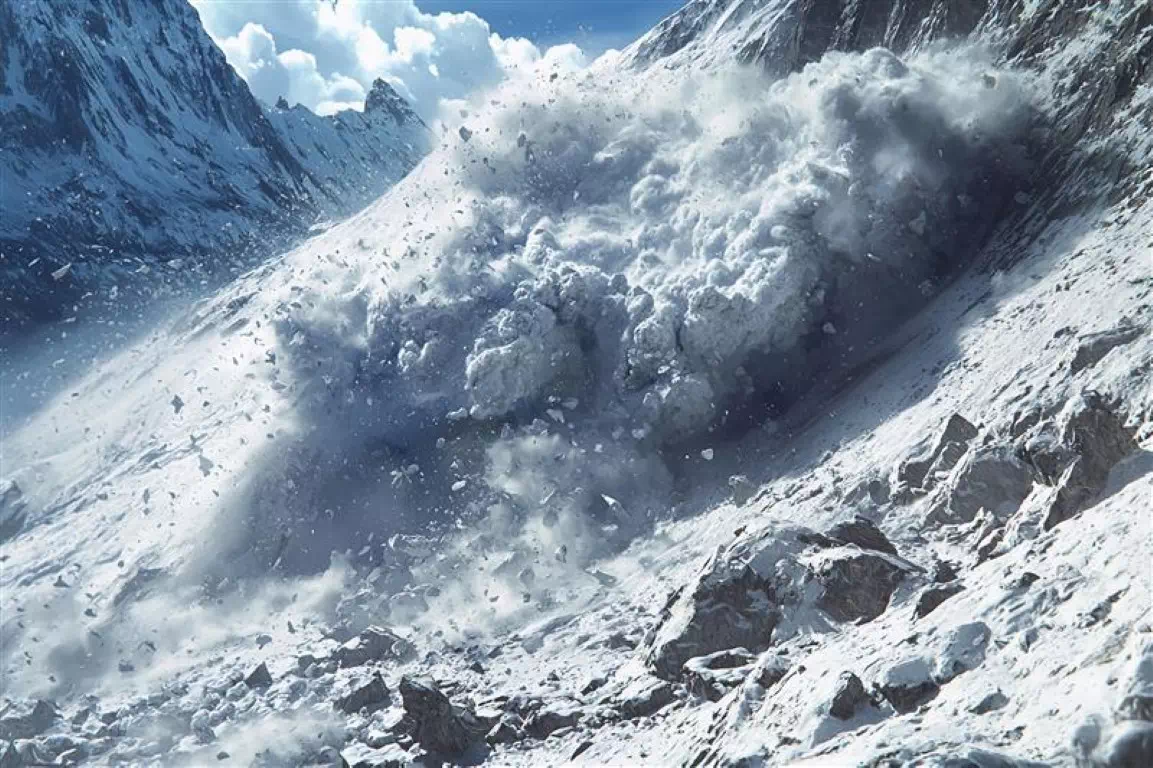
As climate change accelerates, mountain communities across Europe face increasing risks from snow avalanches — sudden, localised hazards with potentially devastating impacts on lives, infrastructure, and key economic sectors. Within the CROSSEU project, Case Study Area 5 (CSA#5) on snow explores how evolving snow avalanche conditions intersect with socio-economic vulnerability in the European Alps and Carpathian Mountains. By combining high-resolution climate projections with demographic and sectoral data at a sub-national level (e.g., provinces or districts)—CSA#5 aims to support risk-informed decision-making and climate adaptation planning across tourism, forestry, and transport sectors. This article outlines the study’s methodology, key findings, and its innovative use of real-life avalanche storylines to engage stakeholders and contextualize risk.
A structured methodological framework
- Climate and socio-economic scenarios – High-resolution datasets (CERRA, EURO-CORDEX under two future scenarios RCP4.5/SSP2 and RCP8.5/SSP5) are used to investigate the evolution of snow avalanche hazard conditions, paired with demographic projections for 2030, 2050 and 2100.
- Spatial aggregation – Climate hazard indicators and socio-economic data (exposure, sensitivity, adaptive capacity) are standardised and aggregated at NUTS3 level.
- Impact assessment – Snow avalanche impacts are estimated based on recorded fatality data.
- Risk estimation – Sector-specific potential risk is estimated using the IPCC/ESPON-Climate 2022 framework, combining the hazard, sectoral exposure and sensitivity and adaptive capacity.
Climate Change Hotspots
A core output of CSA#5 is the identification of Climate Change Hotspots (CCHs) relevant for snow avalanche activity – regions where climate-induced snow hazard conditions intersect with high exposure of local communities and key sectors such as tourism, road transport and forest areas. These hotspots are identified using a composite Climate Hazard Index (CHI) built from seven snow hazard indicators.
The seven snow hazard indicators are further refined using terrain susceptibility analysis based on slope, elevation, aspect, curvature, and forest cover, applying the Analytical Hierarchy Process (AHP). These CCHs are critical for deeper analysis, adaptation planning and the development of targeted intervention strategies.
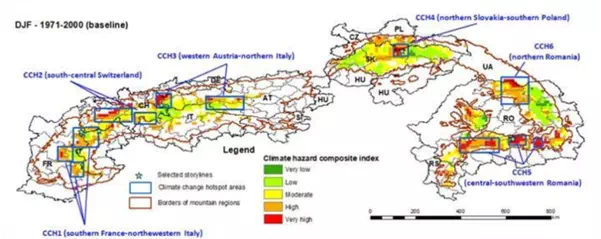
Storylines: From Data to Real-World Context
CSA#5 also uses snow avalanche storylines based on significant past avalanche events. These narratives:
- Link past observed impacts to future hazard projections, and
- (ii) Highlight pivotal moments in national risk governace.
Sourced from European and national avalanche inventories, media, and mountain rescue reports, these stories enhance the relevance of CSA#5’s findings and foster engagement with the public and policymakers.
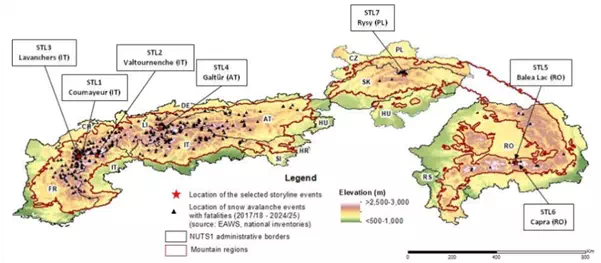
CSA5 - Key questions and answers
Q1: Why are snow avalanches considered a priority hazard in the CROSSEU project?
A: Snow avalanches are highly localised yet devastating hazards with direct impacts on mountainous communities and essential sectors. Climate change is amplifying uncertainty in snowpack conditions, particularly due to warming trends and altered precipitation patterns. CSA#5 identifies the regions most at risk, offering valuable input for adaptation strategies, building on and advancing prior work from projects like COACCH and PESETA.
Q2: What makes CSA#5 different from traditional avalanche research?
A: CSA#5 applies an integrated socio-economic approach at sub-national level. It not only analyses where snow avalanche hazard conditions may occur but also examines what is exposed. This combination of climate projections, terrain susceptibility, demographic trends, and economic data, framed within CCHs, offers a robust foundation for cross-sectoral adaptation and resilience planning.
Q3: How are real-world stories and local knowledge being used in CSA#5?
A: CSA#5 goes beyond models and incorporates “snow avalanche storylines” based on real-life events. These stories complement statistical analyses with human context, enhance community relevance and inform national and local authorities about the expected reshaping of hazard conditions under climate change in Europe’s mountainous regions.
What to read next
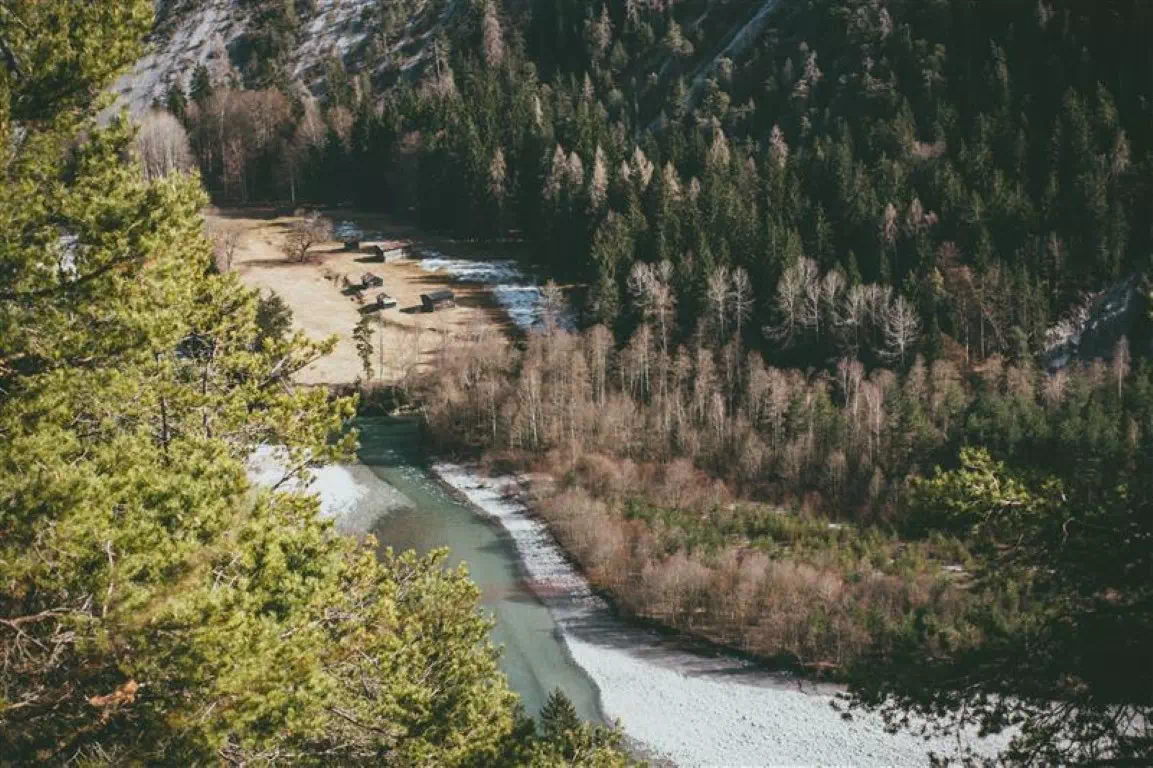
CROSSEU Brings Alpine Flood Risks into Focus: A Case from Trentino
The CROSSEU project’s findings from Case Study Area 4 (CSA#4), led by the University of Padova, highlight the socio-economic value of flood protection by combining physical and social sciences in a novel way.
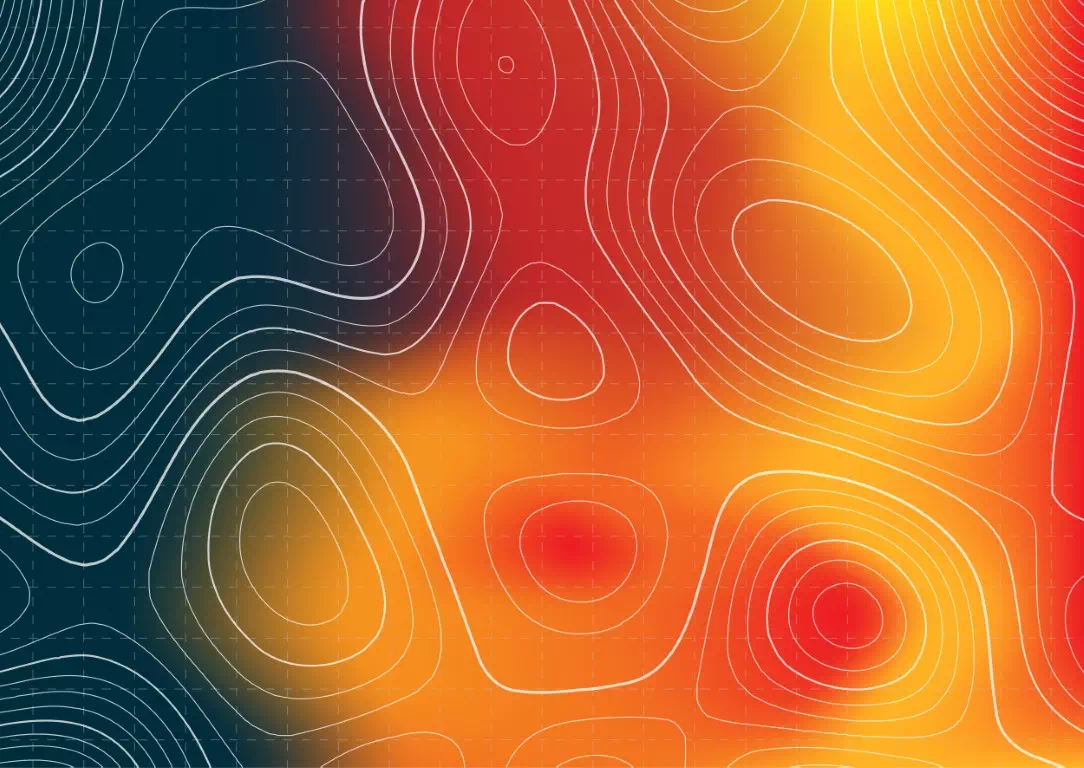
How will heatwaves shape Prague’s future
As part of the EU-funded CROSSEU project, which explores climate-related risks and societal responses across Europe. This CROSSEU case study area #1 (CSA#1) investigates how rising temperatures

Can we predict the future of snow avalanches in a warming world
s climate change accelerates, mountain communities across Europe face increasing risks from snow avalanches - sudden, localised hazards with potentially devastating impacts on lives